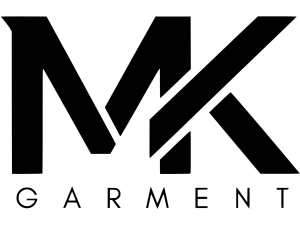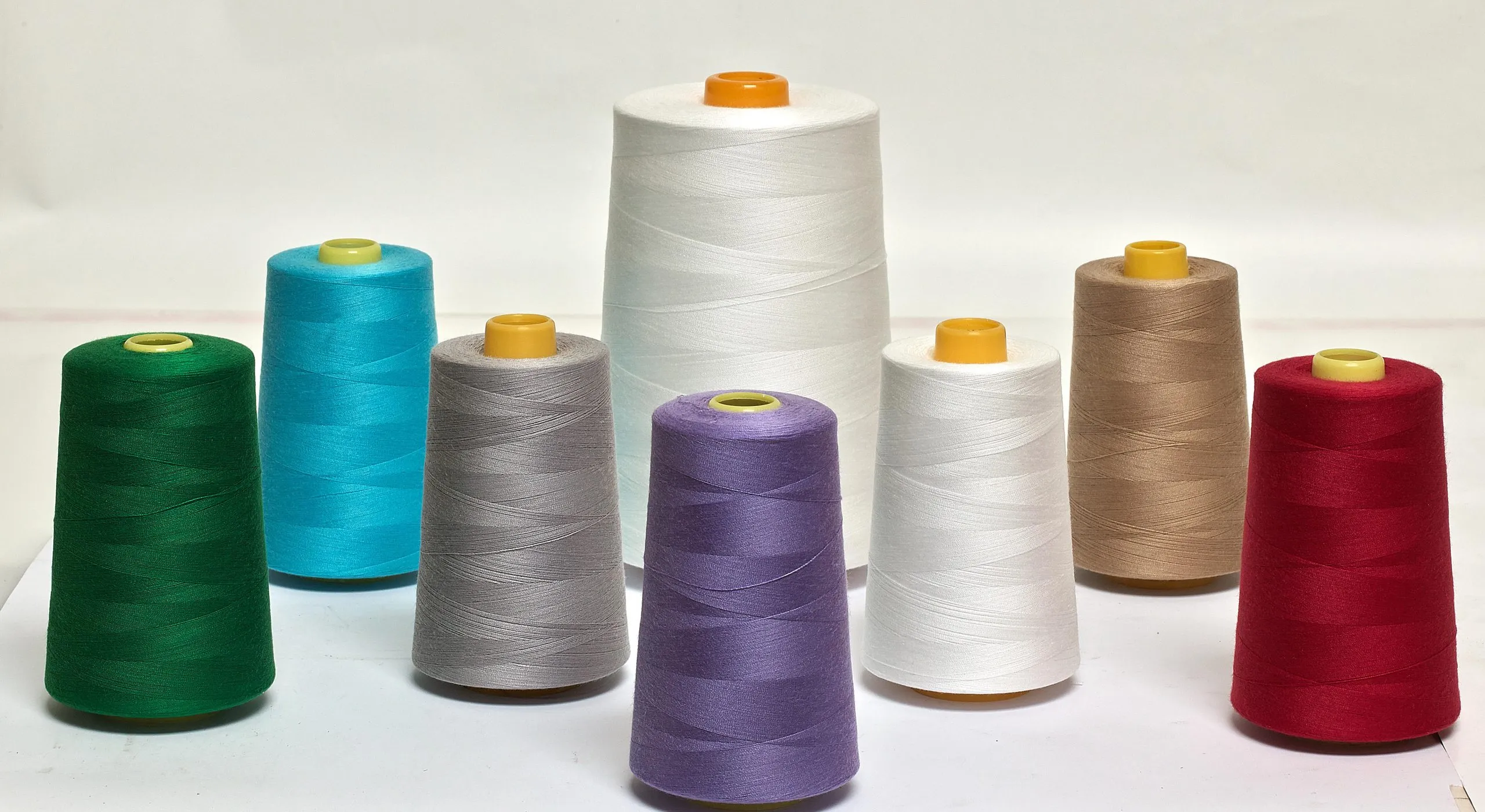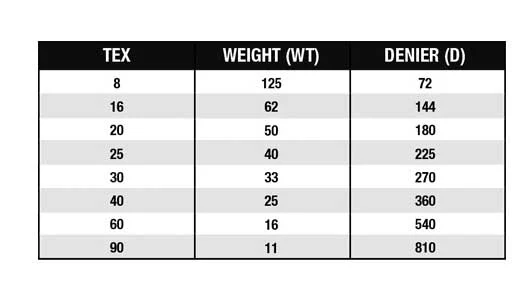
In today’s fast-moving garment industry, quality and speed decide who stays ahead. That’s where the CMPT model short for Cut, Make, Pack, and Trim comes in. It brings every key stage of production under one roof, from cutting fabric to packing finished garments. This setup allows factories to monitor every detail closely and respond quickly when something goes off track.
By combining production and quality control in a single, connected workflow, CMPT factories can prevent errors early, maintain consistent standards, and meet tight delivery schedules. Every step from the first sample approval to the final audit follows a clear plan designed to balance precision and speed. For brands and buyers, this means fewer delays, smoother communication, and reliable results with every order. In the sections below, we’ll explore how CMPT factories manage quality control and lead times through in-line inspections, sampling systems, corrective actions, and integrated teamwork ensuring that each garment meets expectations and every shipment leaves on schedule.
=> Read More: What Different Between CM, CMT and CMPT in the Garment Industry
In short, What is CMPT in Garments and why it matters:
The CMPT model means the factory handles Cut → Make → Pack (finish & trim) under one roof. Because all key operations are integrated, brands and vendors see advantages in:
- Better coordination between stages (cutting, sewing, finishing, packing)
- Reduced hand-offs and external vendors
- Potentially shorter lead-times and tighter quality control
- However, to realise those advantages requires strong process discipline around both QC and scheduling.
=> Read More: What Is CMPT (Cut, Make, Pack & Trim) in the Garment Industry?

Quality & Lead Time In CMPT:
Quality Control:
In-line inspections & checkpoint controls
In a CMPT factory, quality starts right on the sewing line. In-line inspections mean checking garments while they’re still being made, not after. Inspectors review the first few pieces, then sample work regularly throughout the day. This helps catch mistakes early, like wrong stitching or uneven seams, before they spread through the whole batch. By finding and fixing problems right away, factories save time and prevent large amounts of rework later.
- During sewing (“Make”) operations, inspectors walk lines, check bundle quality, sample seam‐allowances, stitches, thread tails, defect rates.
- Use of defined quality checkpoints (for example: after first 10 pieces, after each size run, at major operation transitions).
- Because cutting, sewing, finishing, packing are under one roof, results of in-line inspections can feed back quickly into upstream operations (e.g., pattern‐cutting errors, fabric defects).
- This helps catch issues early and avoid large scrap or rework batches.

End-of-line checks
Once a garment is finished, it goes through end-of-line inspection. This is where quality teams double-check that everything matches the buyer’s requirements from the right buttons and labels to proper pressing and clean finishing. These checks are the last defense before packing. They make sure every piece that leaves the sewing floor looks polished, functional, and ready for shipment.
- At completion of sewing/trimming, garments go through a final QC stage before packing. That stage checks: correct component assembly (labels, trims, buttons), finishing (thread tails trimmed, pressing or ironing as required), correct size/colour mix, packing specifications.
- The end-of‐line stage is crucial to ensure what goes into packing meets specifications and avoids returns or customer rejects.

Final audits before packing
Before any box is sealed, a final audit confirms that all garments meet the approved standards. This includes verifying quantities, sizes, packaging style, and carton markings. The goal is to avoid last-minute surprises like missing swing tags or wrong size labels that can delay delivery. A smooth, accurate final audit is the final guarantee of quality before products head to the customer.
- Once garments are folded, bagged or boxed per buyer pack-specs, a final audit is done: confirm pack counts, hang tags, carton packing, shipping mark, export documentation where relevant.
- This final audit serves as the last gate before cartons go to dispatch, minimizing last‐minute surprises.
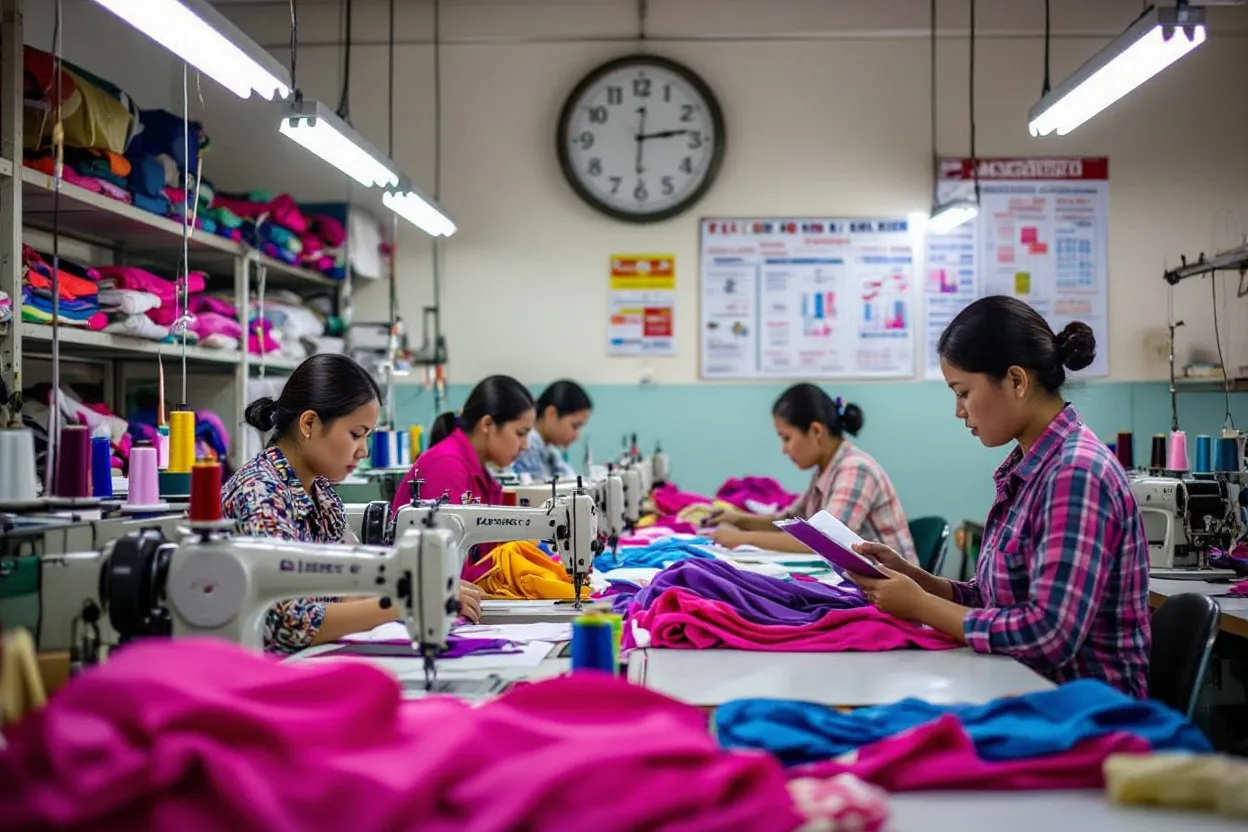
Sampling Approval & Inspection Plans
Every CMPT project begins with a clear sample approval. The buyer and factory agree on exactly how the final product should look and feel. Once approved, that sample becomes the reference point for production. Alongside this, both sides agree on inspection stages when, where, and how often to check garments. Having a clear inspection plan prevents confusion later and keeps everyone aligned from the start.
- Before bulk production, a sample (or size‐set) is approved by the buyer or sourcing team: fit, construction, finishing, packing.
- From that approved sample, inspection checkpoints are agreed (e.g., percentage AQL sampling, bundle size inspections, inline vs offline sampling).
- These agreements help ensure all parties (factory, buyer, QC team) know when, how often and with what standard inspections occur.

Corrective action plans & feedback loops
Even with strong controls, small issues can appear during production. What matters is how quickly the factory reacts. In a CMPT setup, departments work close together, so feedback travels fast a sewing issue can be corrected in cutting or finishing without delay. This short communication loop helps prevent repeat mistakes, keeps production flowing, and protects lead-time targets.
- When defects or delays are detected (via in-line, end-line or audit checks), the factory must trigger corrective action: root-cause, containment, permanent correction, plus tracking of those corrective actions.
- Because the CMPT model has everything under one roof, the feedback loop is shorter: e.g., cutting defects → immediate communication to pattern/cutting department rather than external vendor.
- This ability to correct quickly helps maintain schedule and quality.
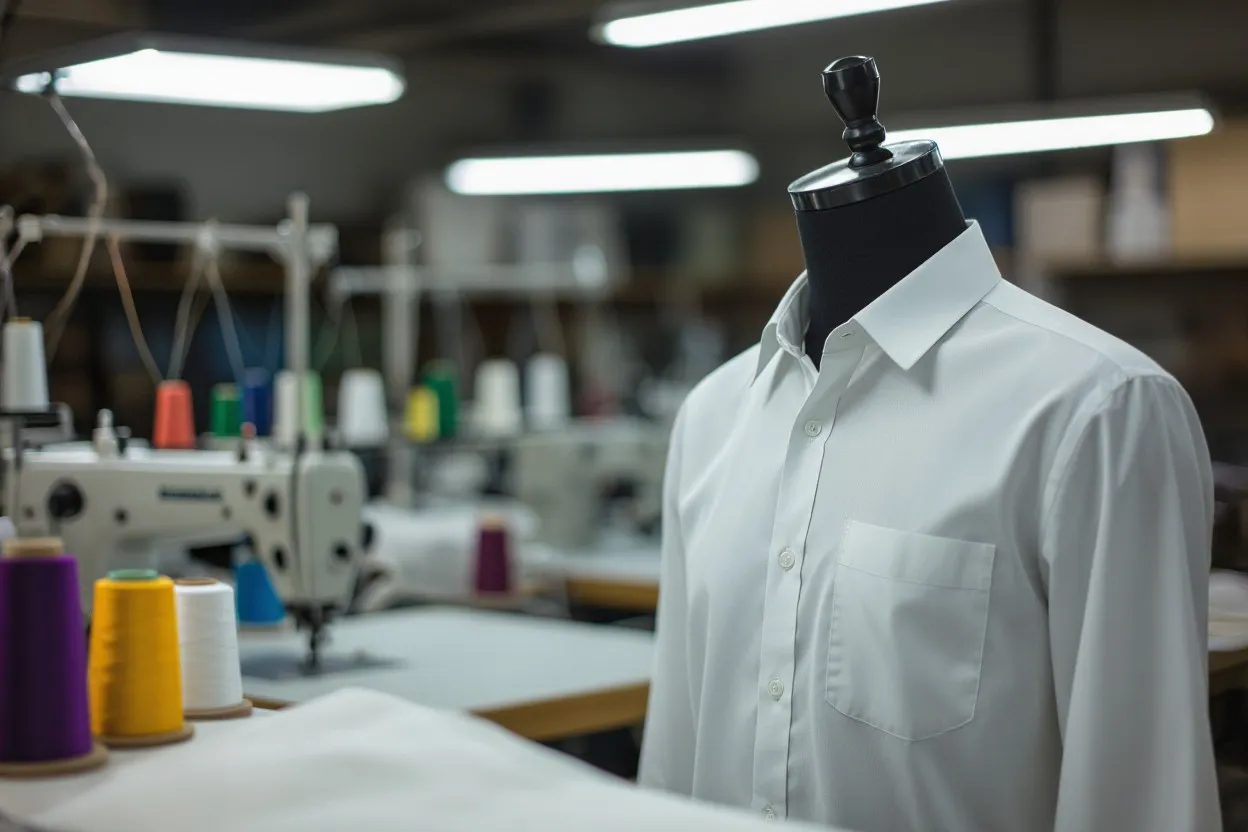
Supplier/factory capacity & competence
- A CMPT factory must have strong internal systems: quality management (often ISO or equivalent), trained QC staff, data tracking of defects and rework rates, process flow mapping.
- Also strong sourcing of fabrics/trims and packing-capability so that quality of input materials and finishing is known and consistent.

Lead Time Management:
Quality control and lead-time are tightly linked: delays in QC or rework will extend lead-time, while streamlined QC helps keep lead-times predictable. Here are the key practices:
Integrated production under one roof
A big advantage of CMPT is that everything happens in one place: cutting, sewing, finishing, trimming, and packing. When all teams work side by side, communication is quicker and decisions are immediate. There’s no waiting for outside vendors or long transport delays. This integration reduces wasted time, keeps quality consistent, and helps lead times stay reliable.
- With cutting, sewing, finishing and packing all in the same facility (or tightly managed campus), hand-offs are faster (no long transport between vendors, fewer external dependencies).
- Faster communication between departments enables quicker response when issues arise (e.g., a cutting error discovered mid-run, pattern can be tweaked and corrected without waiting on external provider).
- This helps lead time stay on target and reduces “hidden” buffer time.

Clear sampling and approval early
Early sample approval is one of the strongest drivers of an on-time production schedule. When samples are approved quickly, bulk manufacturing can begin without hesitation. But when approvals drag, every step that follows gets pushed back. In a CMPT setup where the factory manages fabric, trims, patterns, size-sets, and packing details it’s even more important to map out the approval steps clearly and keep them aligned. Any delay should be spotted early and managed with a backup plan to protect the overall lead time.
- The earlier the sample is approved, the earlier bulk production can start. Delays in sample approval cascade into the bulk lead-time.
- In a CMPT setup, because the factory handles everything, the sample approval workflows (fabric/trims, pattern, size‐set, pack spec) should be well mapped out and aligned.
- Any delay in sample approval should be flagged and contained with contingency.
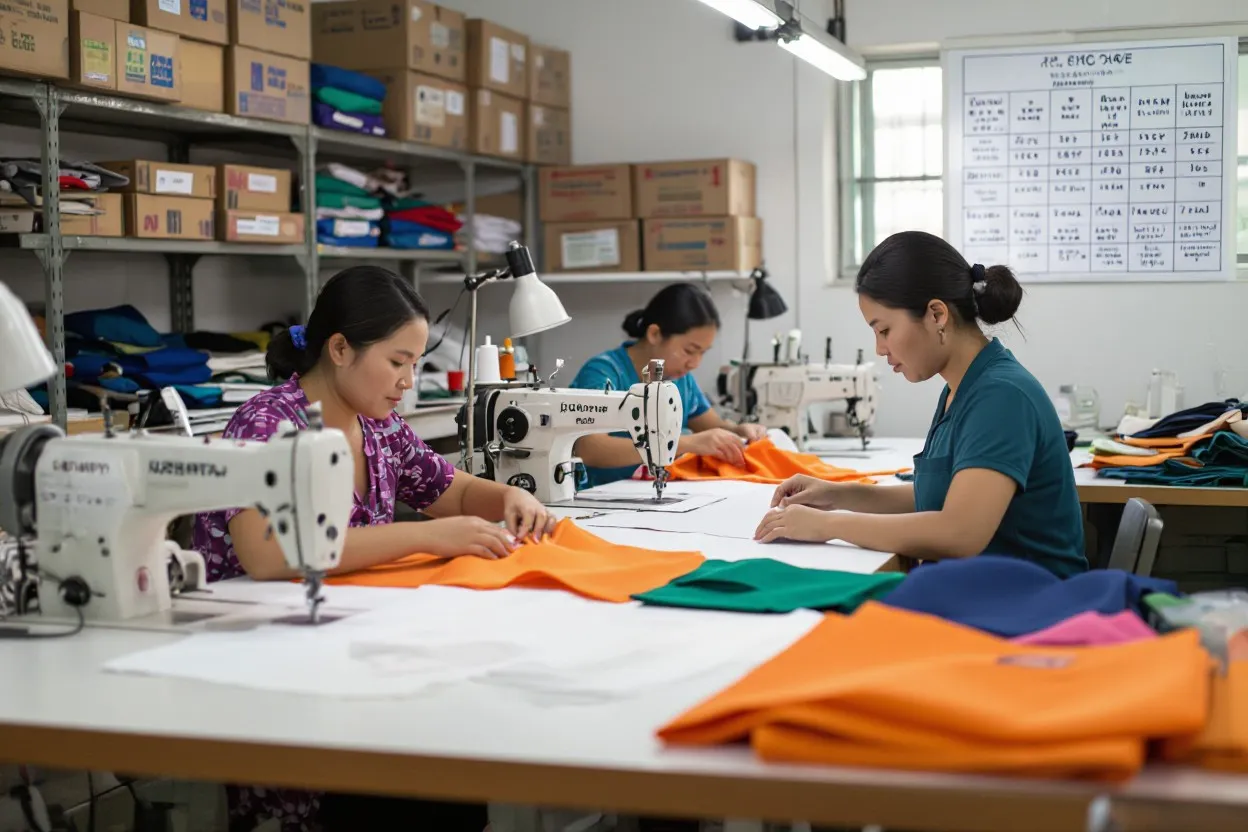
Agreed inspection checkpoints prevent surprises
Both the factory and the buyer agree on inspection checkpoints from the start, the whole production flow becomes smoother and more predictable. Everyone knows exactly when and where quality checks will happen, so problems are caught early rather than at the very end. This avoids last-minute surprises, prevents rushed fixes, and keeps the order moving on schedule. By setting these checkpoints upfront, both sides protect lead time and reduce the risk of costly rework.
- By defining inspection checkpoints in advance, the factory and buyer know where and when inspections happen this prevents surprise QC failures late in the process that create rework and delays.
- If inspection failures occur at a late stage (e.g., packing stage), lead‐time can blow out due to rework, re‐packing, or even redelivery of packaging materials.

Defined corrective action plans keep schedule on track
A strong corrective action system helps the factory keep production on track by fixing problems the moment they appear. Instead of waiting for defects to pile up, the team can pause briefly, solve the issue, and restart the line with better control. This proactive way of working reduces delays, prevents large batches of faulty goods, and keeps the delivery schedule steady. It’s a smarter, more efficient approach than reacting only after quality issues have grown too big to ignore.
- When quality issues arise, quick corrective action keeps the line moving rather than stopping production or falling behind.
- A proactive corrective action system (rather than reactive firefighting) ensures schedule slippages are minimised.
- For example: if sewing defect rate rises above threshold, the line stops briefly, the issue is identified, operators are retrained, bundle size reduced, then resumed with monitoring instead of letting defect rate accumulate and delaying the finish date.
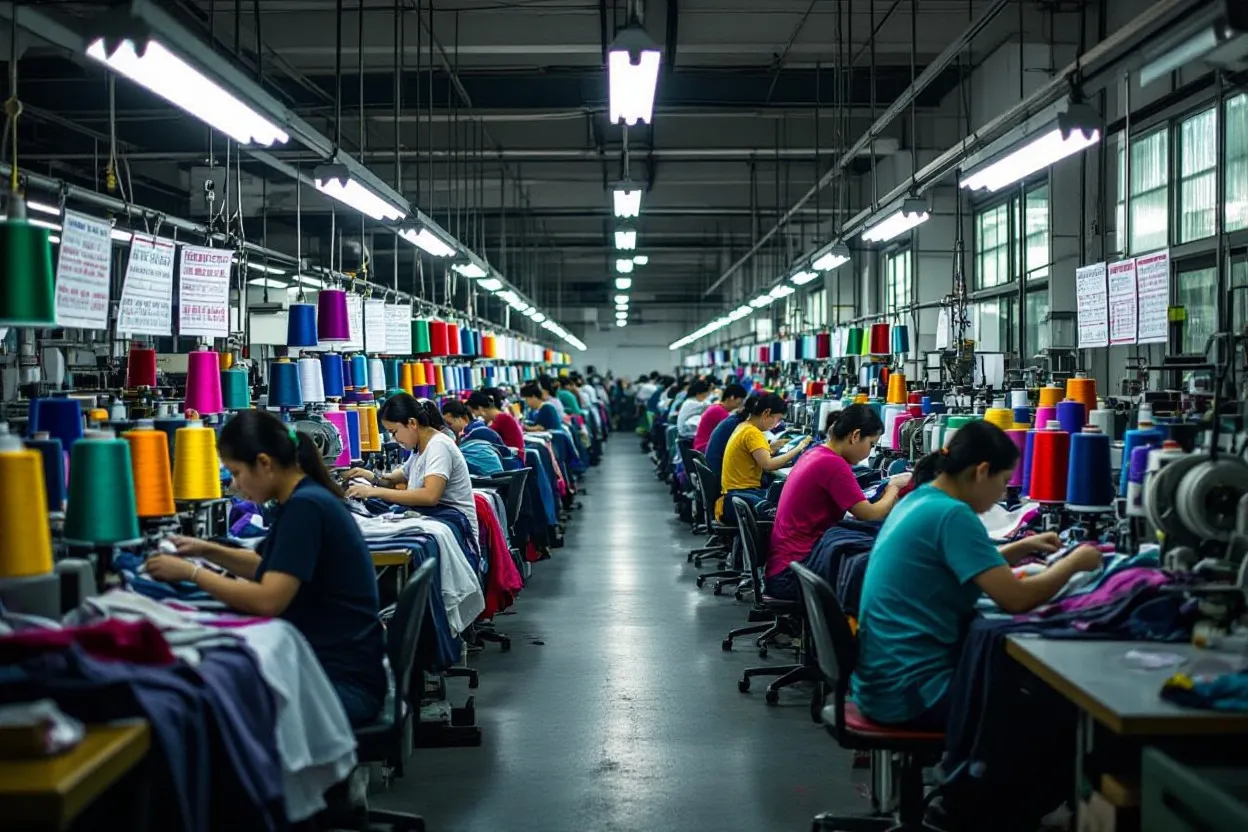
Buffering and lead-time visibility
Even the best-managed factory faces small hiccups a broken needle, a power cut, or fabric shrinkage. That’s why every CMPT plan includes realistic buffers for QC, finishing, and packing. At the same time, managers track each stage in real-time so they can react quickly when something slows down. Balancing a bit of buffer time with clear visibility keeps deadlines predictable without wasting days.
- Even in a well-integrated CMPT facility, lead-time planning should include buffer time for QC inspection, rework, packing delays, export documentation, container loading.
- The fact that all stages are in one facility means less uncertainty, so buffer can be tighter but it must still be realistic.
- Real-time visibility of progress (cutting complete, sewing start, finishing queue, packing ready) enables proactive management of lead time.
Conclusion / Final Words
In a well-executed CMPT model, quality control and lead-time management go hand in hand. By having an integrated production facility (cutting, sewing, finishing, packing), a factory can streamline communication, tighten inspection checkpoints, respond faster to issues and maintain predictable lead-times. But the success depends heavily on disciplined QC practices (inline inspections, end-line checks, audits), agreed sampling and inspection plans, corrective action systems, and clear lead-time milestones. For buyers, partnering with a capable CMPT factory means less burden on coordination and a higher chance of on-time, quality-conforming delivery but requires due diligence and strong process alignment from the start.
FAQs: Quality Control and Lead-Time Management in CMPT Factories
In short, What does CMPT mean in garment manufacturing?
CMPT stands for Cut, Make, Pack, and Trim. It’s a production model where all main stages cutting, sewing, finishing, and packing are handled by one factory. This setup reduces communication delays, simplifies quality control, and helps ensure faster delivery.
How does CMPT improve quality control?
Because every stage happens under one roof, supervisors can monitor quality in real time. In-line inspections catch mistakes early, and final audits confirm everything meets buyer standards. The fast feedback between departments keeps product quality consistent from start to finish.
What types of inspections are used in CMPT production?
There are three main types – In-line inspections: Done during sewing to spot errors early. End-of-line checks: Carried out after sewing and finishing. Final audits: Performed before packing and shipping to confirm all requirements are met.
Why are sampling approvals important in CMPT projects?
A buyer-approved sample acts as the blueprint for bulk production. It sets clear expectations for color, stitching, fit, and trims. Once approved, the factory follows it closely to ensure every garment matches the original quality and design.
How does a CMPT setup help control lead times?
Since all departments work together in one facility, communication is quick and coordination is smooth. Problems are solved on the spot, not days later. This reduces downtime, prevents rework, and helps factories meet delivery deadlines more reliably.
What happens when defects are found during production?
When issues appear, the factory follows a corrective action plan identifying the root cause, fixing it immediately, and preventing it from happening again. These quick corrections keep both quality and timelines on track.
How do factories track progress and stay on schedule?
Most CMPT factories use lead-time trackers and daily QC reports. Each stage cutting, sewing, finishing, and packing is monitored with clear milestones. If a delay appears, managers can act right away to recover lost time.
What are the common challenges in CMPT production?
If a factory doesn’t have strong management systems or skilled QC teams, integration alone won’t guarantee success. Bottlenecks can still occur between departments, and delays in one stage can affect the whole process. That’s why process control and team training are critical.
How can factories and buyers improve performance together?
Both sides should agree early on inspection plans, quality standards, and lead-time checkpoints. Sharing data on production progress, defects, and audits helps build trust and continuous improvement ensuring better results with each new order.
